Posted on 12/3/2024

Keeping your tires properly inflated is crucial for your safety and your car’s performance. If your tire pressure drops, you might be asking, “What should I do now?” This guide answers your questions and gives clear, actionable steps to handle low tire pressure quickly and safely. Common Reasons Why Tire Pressure Drops If you’re wondering, “Why does my tire pressure keep dropping?” here are the most common causes: Cold Weather: Air contracts in cooler temperatures, reducing pressure. Small Punctures: Objects like nails or screws can create slow leaks. Wear and Tear: Over time, tires naturally lose air. Damaged Valve Stems: A faulty valve can lead to air leaks. Knowing the cause helps you decide whether to refill or seek professional repair. ... read more
Posted on 7/15/2024

Maintaining your vehicle's transmission is crucial for ensuring its longevity and smooth operation. Two common maintenance procedures are the transmission flush and the drain and fill. While both change the transmission fluid, they differ in their approach and effectiveness. Let's dive into the details of each method to understand their differences better. Transmission Flush A transmission flush uses a machine to completely remove the old transmission fluid from the system. This process replaces the fluid by adding new fluid through the transmission cooler lines. And removes the old fluid at the same time. Here are the key aspects of a transmission flush: Complete Fluid Replacement: A transmission flush ens ... read more
Posted on 6/17/2024

Have you ever heard your car squeaking or creaking as you drive down the road? Or maybe you’ve noticed that your car is pulling to one side, or the steering wheel isn’t quite centered. If so, you might have an issue with your ball joints. But what are ball joints? Let's discuss what ball joints are on a car and why they’re important to your vehicle’s performance and safety. Ball joints are part of your car’s suspension system, which is responsible for absorbing shock and providing a smooth ride. They’re found on the front suspension of all vehicles. They connect the steering knuckle to the control arm. Ball joints are basically a pivot point that allows the wheels to turn and move up and down as you drive over bumps and uneven surfaces. Ball joints are important because they allow your car to absorb shock and maintain proper wheel alignment. If the ball joints are worn or damaged, your car’s handling and ride qual ... read more
Posted on 2/20/2024
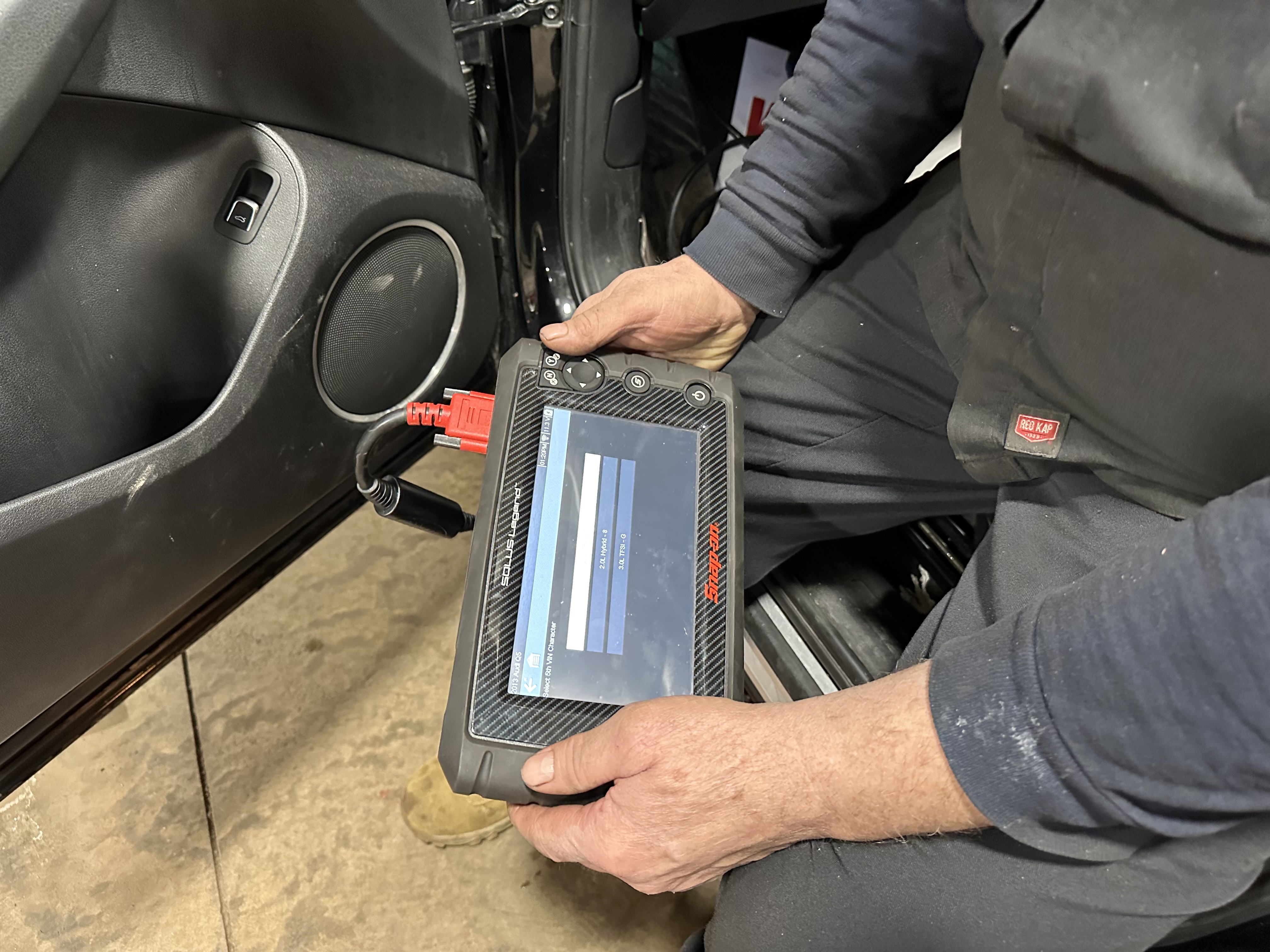
Ever wondered what to do when your car starts acting up, making weird noises, or just not driving like it used to? Well, the usual move is to head to the mechanic, right? But what if, even after the mechanic's thorough check, the problem isn't clear? That's where drivability diagnostics steps in. Let's break down what drivability diagnostics really are and how they come to the rescue. Drivability diagnostics is basically a fancy term for a process that figures out what's going wonky with your car's performance. Picture this: there are special tools involved, kind of like the car doctor's toolkit, used to figure out problems in key areas like the engine, transmission, and fuel system. Now, t ... read more
Posted on 10/10/2023
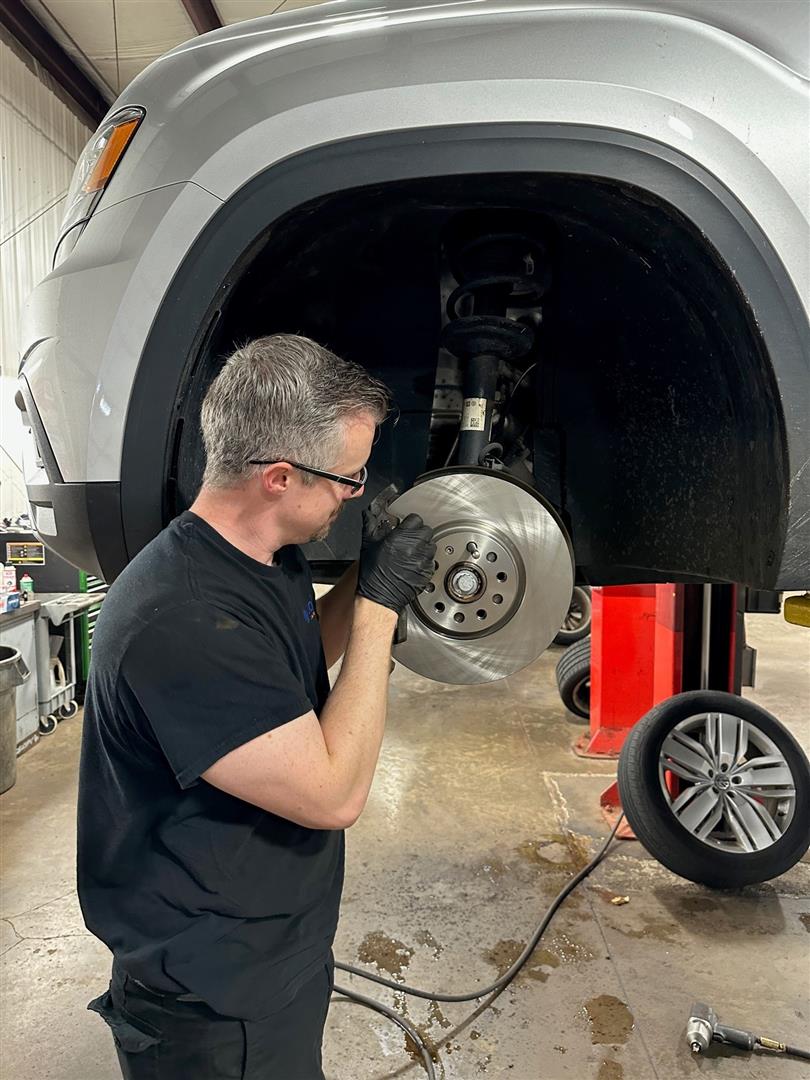
Vehicle maintenance is crucial to extend its lifespan. And prevent costly repairs down the road. That’s where preventative maintenance comes in. Preventative maintenance helps prevent potential issues from becoming bigger problems. Let's take a closer look at what exactly preventative maintenance is, why it’s important, and some practical tips you can follow. What is preventative maintenance? Preventative maintenance involves routine services like oil changes, tire rotations, and brake inspections. These services aim to prevent issues from becoming serious problems. By keeping up with these regular checks, you can extend the life of your vehicle. And avoid costly repairs down the road. Why is preve ... read more
Posted on 8/24/2023
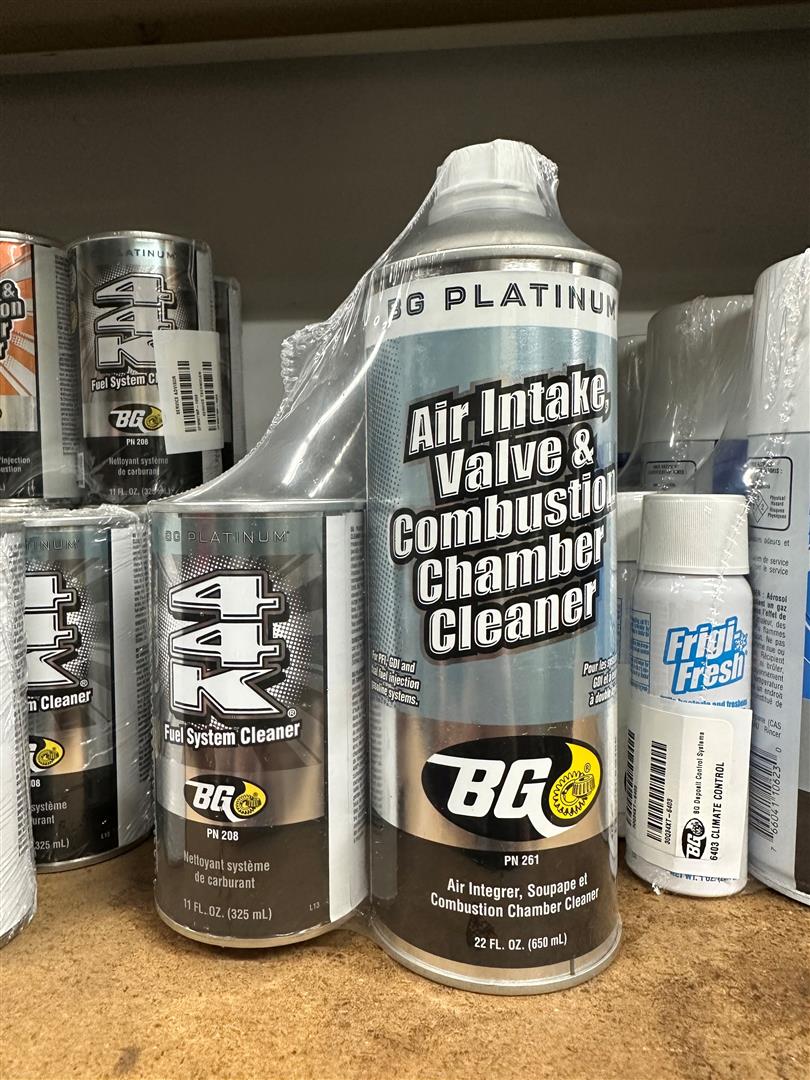
It's essential to maintain your vehicle regularly. One of the critical components of this maintenance is fuel system cleaning. This is also known as fuel injector cleaning. A fuel system cleaner is designed to eliminate dirt, debris, and other contaminants in your car's fuel system. The process involves adding a specialized fluid to your fuel tank. This fluid is then mixed with gasoline and runs through your engine to clean it entirely. Learn more about fuel system cleaners and how they can benefit your vehicle. Benefits of Fuel System Cleaning A fuel system cleaner can help you in several ways. It helps improve the overall performance of your engine. Regular use of fuel system cleaners ensures your engine runs smoothly. This increases your car's fuel efficiency and reduces emissions. Fuel system cleaners can also end or reduce knocking and pinging noises caused by the vehicle's engi ... read more
Posted on 7/6/2023
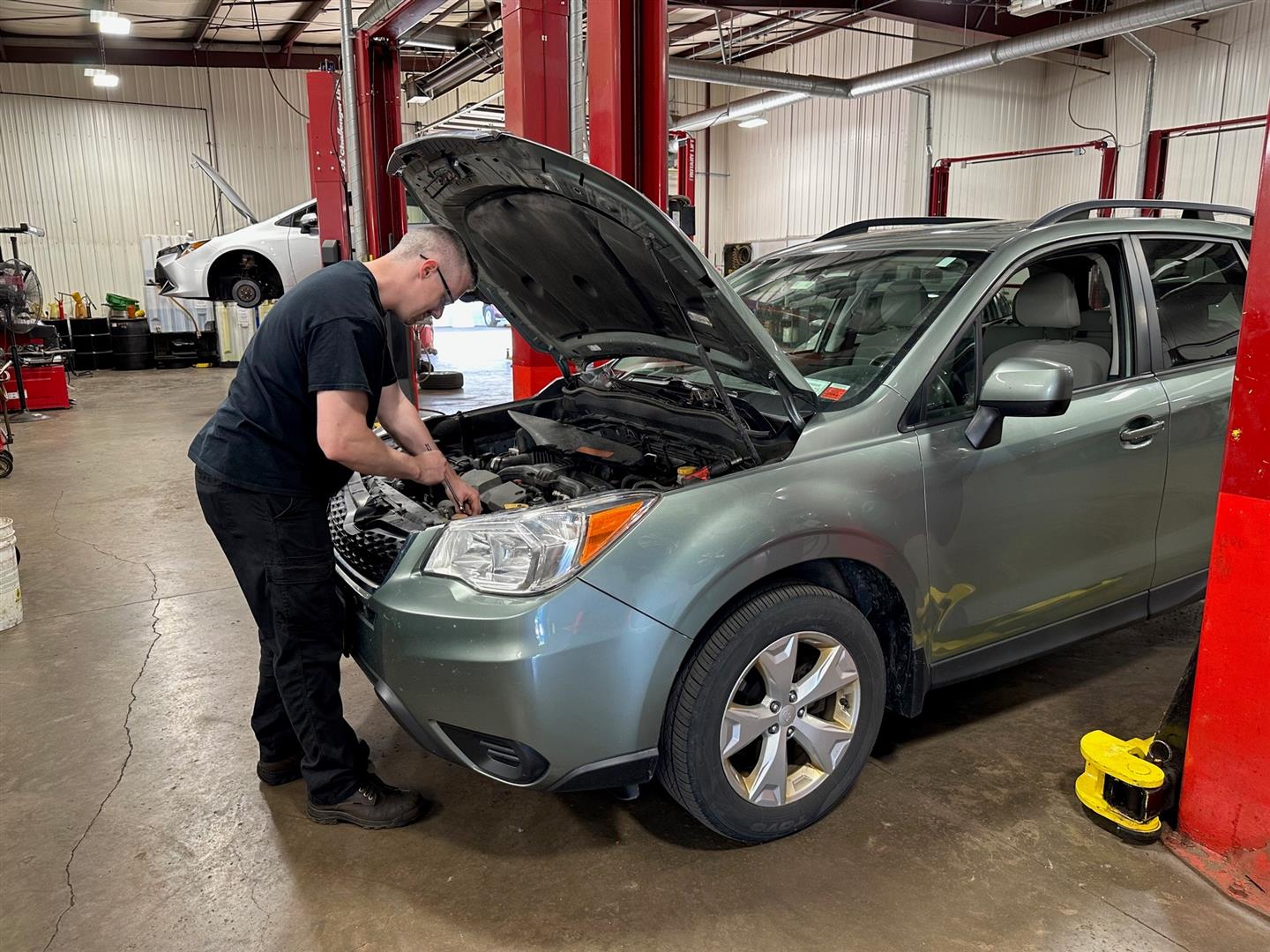
A common problem many drivers face is overheating. Serious engine and transmission damage can occur when a vehicle over heats. Learn more about what causes a car to overheat and how to avoid it. Low Coolant Level: Coolant or antifreeze helps keep the engine cool by circulating throughout the engine block and radiator. If there is not enough coolant, the system cannot dissipate heat. This causes the engine to overheat. Check the coolant level often and add more if necessary. Broken Thermostat: The thermostat controls the temperature of the engine. It can cause the engine to overheat or run too cold if it fails. A thermostat can break for reasons, such as corrosion, wear, or a mechanical failure. Have a mechanic replace your thermostat if you think it may be broken. Radiator Problems: The radiator dissipates heat from the engine that the coolant has absorbed. If the radiator is clog ... read more
Posted on 5/22/2023
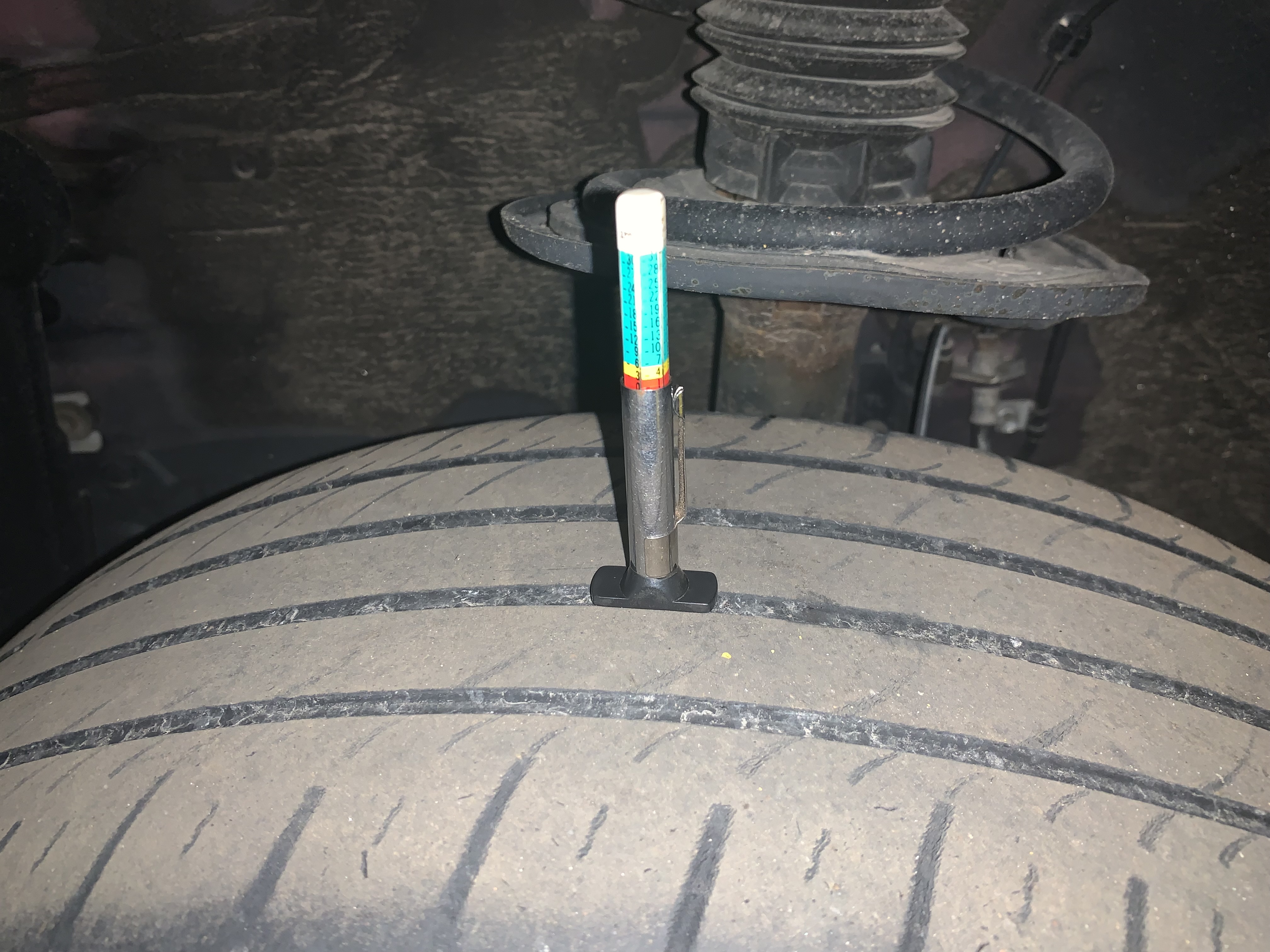
Tires play a critical role in keeping you safe on the road. It is important to maintain your tires and check their levels of wear and tear periodically. Tire tread depth is an essential feature of tire maintenance that every vehicle owner should know. It is the measurement of the space between the top of the tire tread and the bottom of the groove that runs around the circumference of the tire. Learn more about the importance of tire tread depth, and how it impacts your safety on the road. Better Traction and Grip: Tire tread depth plays a crucial role in maintaining traction and grip on the road. The tire tread grooves are designed to channel water, snow, or mud from the tire's contact patch with the road. This helps in maintaining traction, stability, and control while driving. Tires with adequate tread depth provide better grip on wet, slippery, uneven roads ... read more
Posted on 4/17/2023
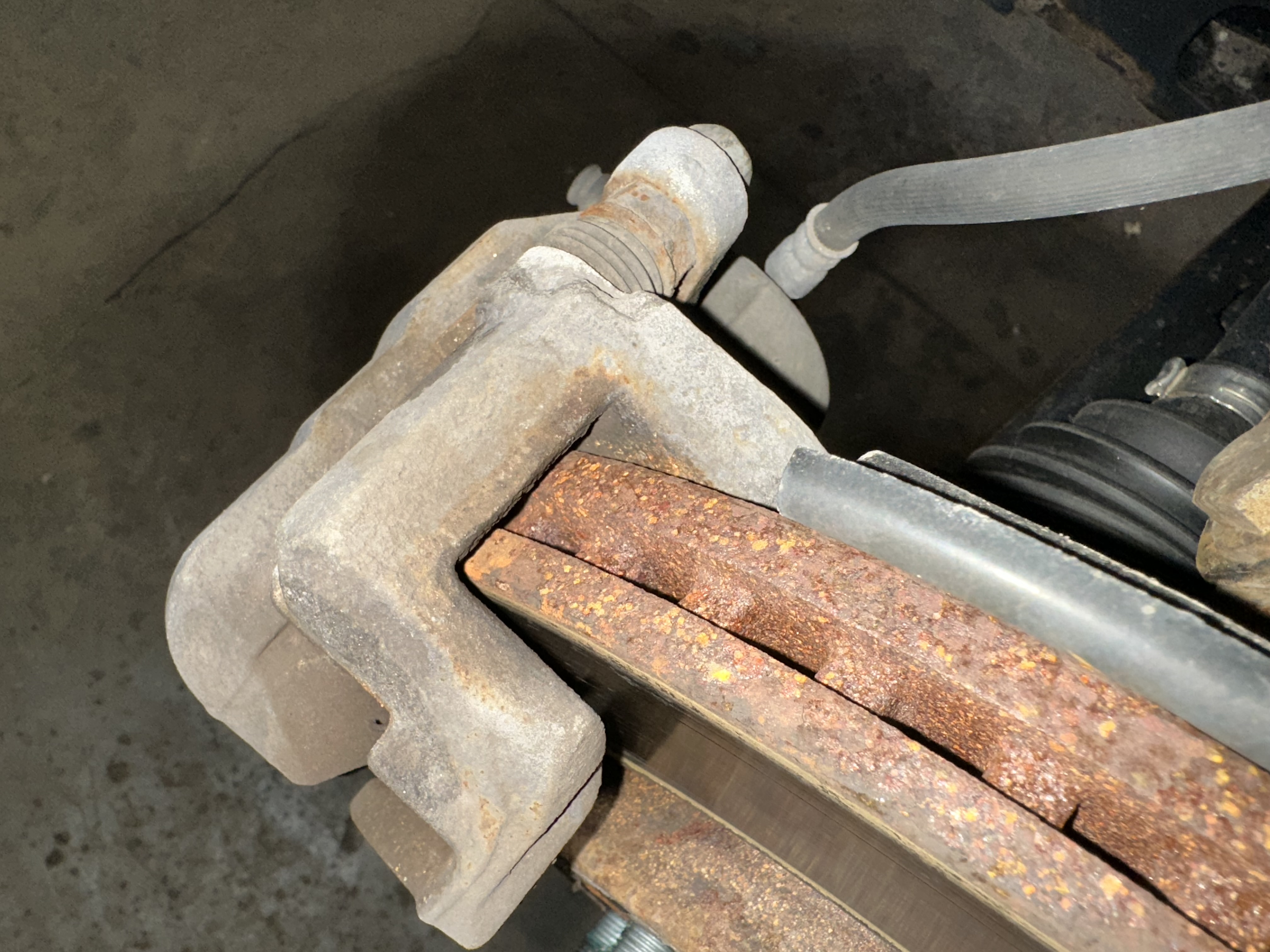
If your car brakes are sticking, it can make driving a nerve-wracking experience. You press the brake pedal and nothing happens—or worse yet, it takes too long for the brakes to kick in! What’s going on? Let’s take a look at the possible causes of this issue so you can get back on the road with confidence. What Causes Brake Stickiness? The most common cause of brake stickiness is moisture or debris that has become lodged in the components of your braking system. When moisture accumulates inside your brakes, it can corrode the components and cause your brakes to stick. Debris, such as dirt or rocks, can also accumulate in your braking system and cause your brakes to stick. In some cases, it may be necessary to open up the brake drums or calipers and clean them out to prevent them from sticking again. Another common cause of sticky br ... read more
Posted on 3/14/2023
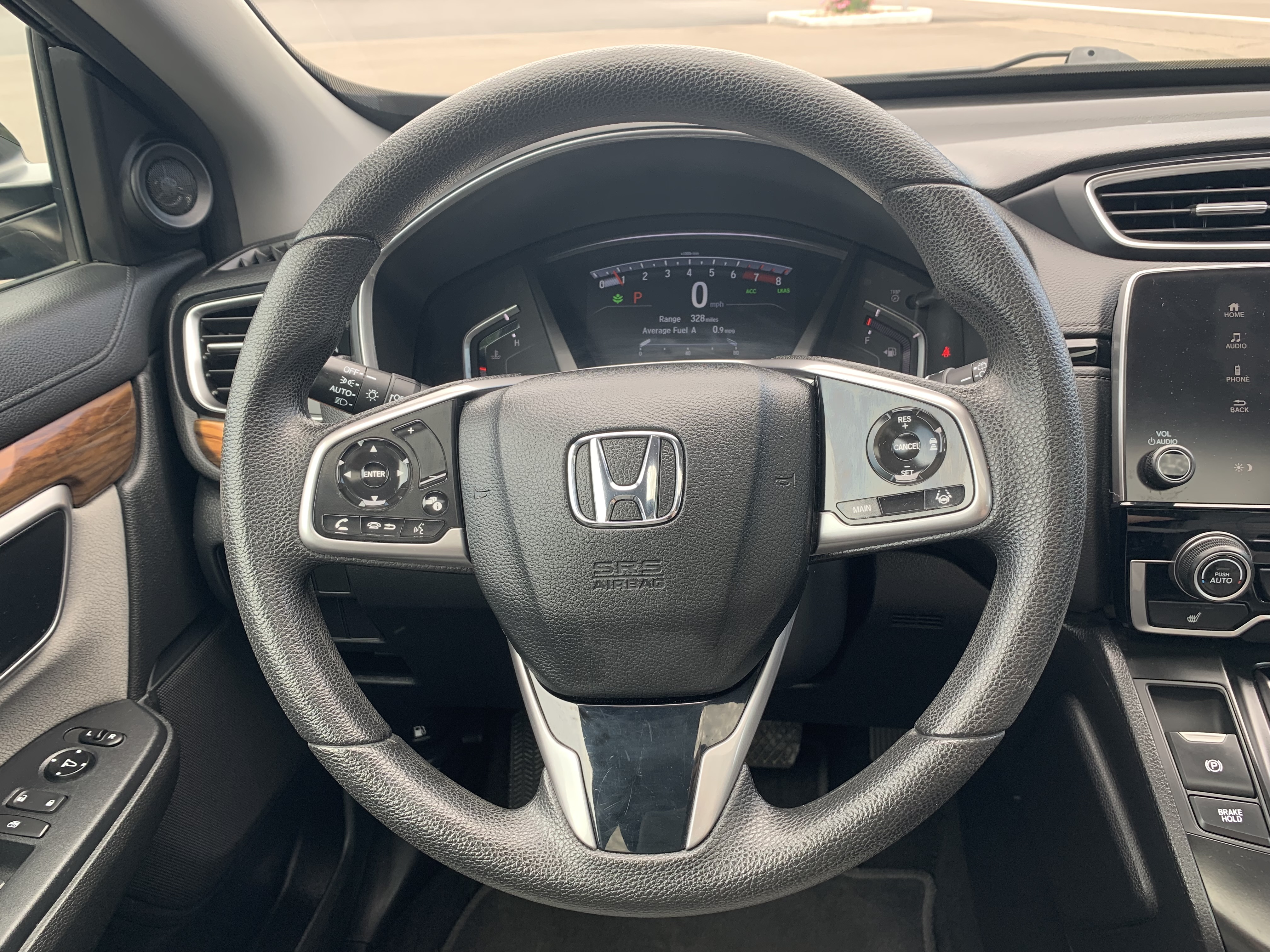
For car owners, power steering is an absolute must. It makes driving easier and safer. And also provides extra control when maneuvering tight corners or reversing into a space. But what exactly is power steering and how does it work? Let’s look at the basics of power steering, its benefits, and why it's essential for any car owner. What Is Power Steering? Power steering is a system that uses hydraulic pressure to aid in the turning of a vehicle’s wheels. This pressure is generated by a pump that is powered by the engine. Which then forces fluid through hoses to the steering gear assembly. This assembly turns the wheels in response to driver input from the steering wheel. In essence, power steering makes turning your car much easier than it would be otherwise. Without power steering, drivers would have to put considerable effort into turni ... read more